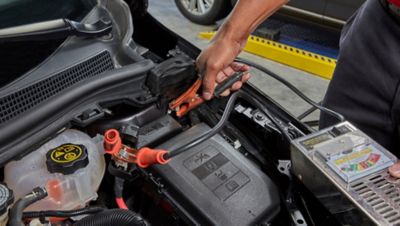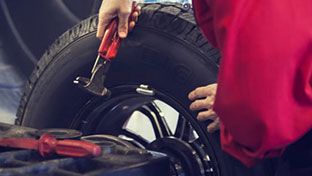It's like a skid, only wetter & and potentially more dangerous. Every driver fears hydroplaning. Driving across a wet surface can cause tires to lose their gripping power and the driver to lose most, if not all, control of the vehicle.

Preventing Hydroplaning
The best way to handle hydroplaning is to prevent it from happening. Most people intuitively know to avoid puddles, drive slowly and brake gently in wet weather, but what else can you do? First of all, don't drive with worn tires! Maintaining a good tread is essential — more than 5/32nds of an inch is ideal. Can you see the tire tracks of the car in front of you? That means you can see the road itself — so try to stay within those tracks.
Driving while Hydroplaning
So, you're hydroplaning. Now what? Should you pump the brakes? The answer is: maybe. If your vehicle doesn't have anti-lock brakes, then yes: you should pump the brakes. If it does have anti-lock brakes, you can brake normally and rely on your car's computer to automatically pump the brakes for you. Gradually ease your foot off the gas until you can feel the road again.
Think your tires' tread depth may be dangerous? Stick a Lincoln penny in the tread, top first. If the tread doesn't touch Lincoln's head, your tires are worn and need attention. Bring your car to any of our stores so we can check out your concerns.

